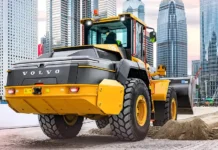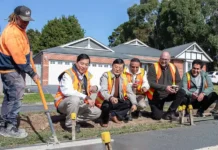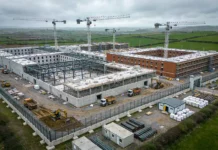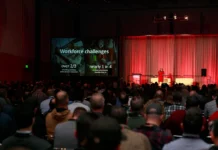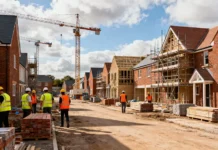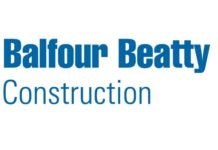The idea of any kind of underground living is one that many tend to dismiss out of hand. It can seem like returning to prehistory, where the early caveman found his famous title. Today, a newer form commonly called an earth shelter updates this idea. It takes some of the core advantages of an age-old form of living and brings it to the modern day, and it’s no longer just environmentalists who see the benefits in this approach.
What is an Earth-Sheltered Home?
The term earth-sheltered is fairly generic, but the core idea revolves around a home that is at least partially buried under the soil. This doesn’t necessarily mean dug out deep beneath the earth, however, as an earth-sheltered home can be placed and built much like a normal one, after which soil is used as cover. This would make it still underground, but not in the way most people envision when they hear the term: something more like a modern and real hobbit-home.
The Benefits and Concerns of an Earth-Sheltered Home
Many of the biggest advantages of earth-sheltered homes come from their resistance to the elements. As detailed by the US Department of Energy, these are less susceptible to extreme outdoor temperatures than their traditional cousins. Earth makes a natural insulator against heat and noise, while also helping protect against extreme events like hurricanes or hailstorms.
Houses with this kind of construction can also allow for greater creativity for anyone looking for a way to use their homes to express themselves. From the oldest houses of mud and wood, as covered by History Hit, to the most contemporary styles today built from advanced alloys, every type of home offers many opportunities for expression. Still, few of these embrace greenery and nature quite like earth-sheltered homes do, which provide serious opportunities to do something new.
Earth-sheltered homes also benefit from increased resale value. Any kind of advanced protection against the elements that these offer is only going to become more valuable with time, and home valuation systems understand this. A rapid sales platform like We Buy Any Home is a perfect example. These services provide free cash offers within minutes, and their value calculations take such components into account. This means more money if you do sell, making these homes a strong investment if properly maintained.
Possible downsides of an earth-sheltered home come from two main fronts. The first is cost, which will tend to be more than a traditional home thanks to greater structural complications. The second is water concerns, since a home will have to be built with far more intense waterproofing than a traditional home. These are serious challenges, but can be overcome with the right budgeting, planning, and materials.

It might not be viable for everyone to live in an earth-sheltered home, but they are a green option for those who prefer countryside living. With greener skyscrapers also making an appearance, as we’ve covered at World Construction Today before, there are an increasing number of options available, no matter your means and tastes. Still, it’s an idea to ponder, especially if you’re looking to build your first home.




